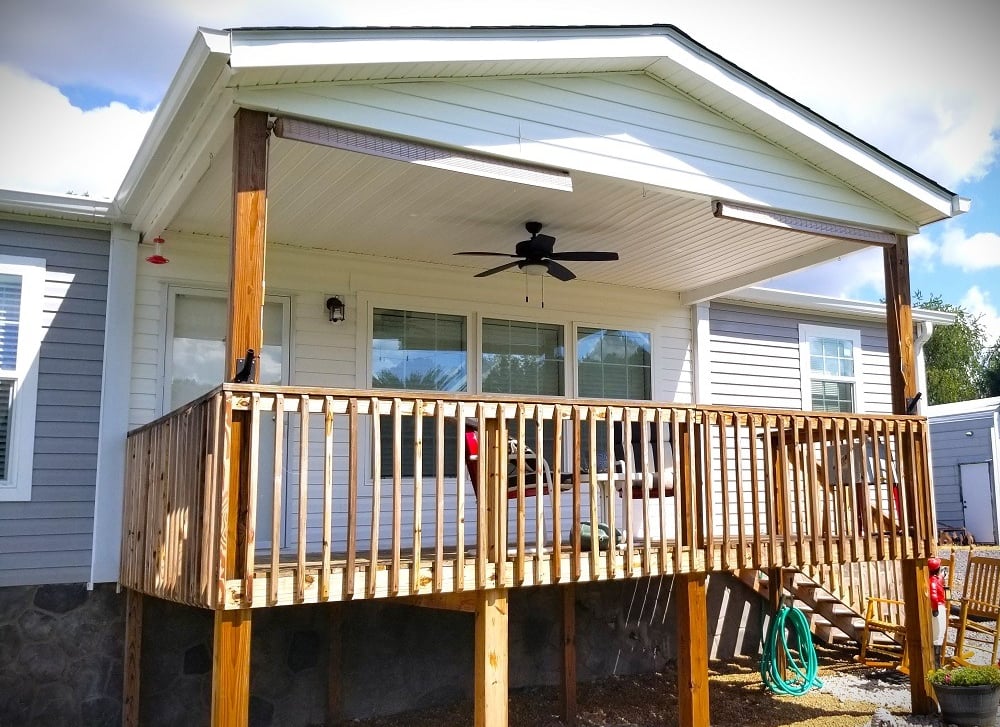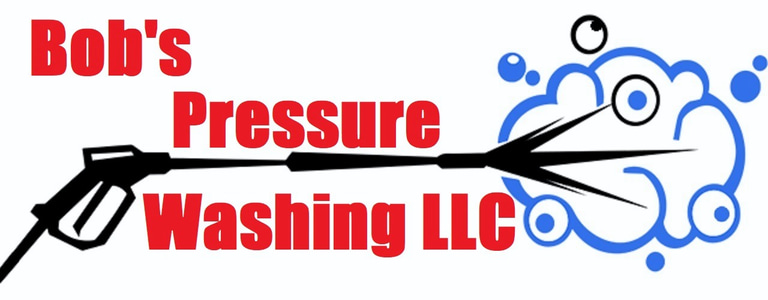Pressure Washing 101: Common Mistakes Homeowners Should Avoid
Pressure washing can be a game-changer, but avoid these common mistakes to protect your home: 1) Using the wrong nozzle, 2) Getting too close to surfaces, 3) Forgetting to test on a small area, 4) Not adjusting the pressure for different materials. Follow these tips for a safe, effective clean! #PressureWashing #HomeMaintenance #DIYTips #CleaningMistakes #PowerWashing #ExteriorCleaning #HomeCare
EXTERIOR CLEANING SERVICE PROCESSESBASIC HOME MAINTENANCECURB APPEALPRESSURE WASHING SERVICES


Understanding Pressure Washing Basics
Pressure washing is a powerful cleaning technique that utilizes high-pressure water to remove dirt, grime, mold, and other contaminants from various surfaces. This method is particularly effective for outdoor areas such as driveways, decks, patios, and home exteriors. Understanding the fundamentals of pressure washing is essential for homeowners looking to maintain their properties effectively. Different surfaces require different approaches; for instance, wood surfaces may need a lower pressure setting to avoid damage, while concrete can typically withstand higher pressures.
There are two primary types of pressure washers: electric and gas-powered units. Electric pressure washers are generally more suited for lighter tasks, such as cleaning cars or outdoor furniture, due to their lower pressure output and quieter operation. In contrast, gas-powered washers typically deliver higher pressure and are ideal for tackling tougher jobs, like stripping paint or cleaning large concrete areas. Understanding the differences between these two types ensures that homeowners select the right tool for their specific cleaning needs.
Pressure settings are another crucial aspect of pressure washing. Each task requires a specific pressure level to achieve optimal results without damaging surfaces. For example, light-duty tasks may require around 1300 to 1900 PSI (pounds per square inch), while more demanding cleaning, such as removing mildew or oil stains, might necessitate higher pressures ranging from 2000 to 3000 PSI. Familiarity with these settings can prevent costly mistakes and preserve the integrity of your surfaces.
Moreover, mastering the technique of pressure washing can dramatically enhance cleaning efficiency. Homeowners should be mindful of maintaining a consistent distance from the surface being cleaned and using an appropriate nozzle to control the water flow. An understanding of these basic principles of pressure washing lays the groundwork for effective cleaning and can help mitigate the potential risks associated with improper use of pressure washing equipment.
Common Mistakes in Pressure Washing Techniques
Pressure washing is an effective method for maintaining the cleanliness and integrity of various surfaces around the home, yet many homeowners fall victim to common mistakes during the process. One prevalent error involves using a pressure setting that is too high for the specific surface being cleaned. High pressure may seem effective for removing tough stains, but it can inadvertently damage sensitive materials, such as wood or certain types of siding, leading to costly repairs. Homeowners should always refer to the manufacturer’s guidelines or consult professional advice on appropriate pressure levels for different surfaces.
Another mistake that frequently occurs involves improper distance from the surface being cleaned. Standing too close can result in localized damage, such as etching or gouging, while staying too far away may lead to ineffective cleaning, necessitating repeated passes and increased time spent on the task. It is essential for homeowners to maintain a consistent and appropriate distance, typically around 12 to 24 inches, depending on the surface and the pressure settings used.
Furthermore, neglecting the proper angle of spray can significantly affect the outcome of pressure washing. Aiming the spray directly at surfaces can cause damage, while an angled approach often allows for effective cleaning without adversely affecting the integrity of the material. It is crucial to adjust the nozzle and angle according to the specific cleaning task.
Testing a small, inconspicuous area before embarking on the full cleaning project is a best practice that can save homeowners from potential disaster. This step enables the identification of how the surface reacts to pressure and cleaning solutions, minimizing the risk of over-washing or under-washing. Additionally, homeowners should be cautious of overzealous cleaning, as too much pressure washing can strip paint or sealants, while insufficient pressure can leave dirt and grime intact, defeating the purpose of the exercise.
Safety First: Precautions to Take
When engaging in pressure washing, safety should always be a top priority for homeowners. A thorough understanding of the potential hazards involved in the process is essential to prevent injuries or property damage. One of the foremost considerations is the use of personal protective equipment (PPE). Homeowners should ensure they are equipped with safety goggles to protect their eyes from debris, as well as gloves to shield their hands from chemicals and high-pressure water. Additionally, non-slip footwear can significantly reduce the risk of slipping on wet surfaces, which is a common concern during pressure washing.
Before starting a pressure washing project, it is crucial to assess the surrounding environment. Homeowners should remove any obstacles or hazards from the immediate area to create a safe workspace. This includes moving furniture, plants, and other items that could impede the cleaning process or suffer damage from high-pressure water. Furthermore, individuals should be cautious about overhead power lines or low-hanging branches, which could pose risks when using a pressure washer, especially when extending equipment or ladders.
Using ladders is another aspect where safety precautions must be prioritized. Homeowners should always ensure that ladders are securely positioned on stable ground and that they adhere to safety guidelines. Maintaining three points of contact (two hands and one foot or two feet and one hand) can help maintain balance and stability while working at heights. Moreover, it is wise to avoid overreaching, as this increases the likelihood of losing balance and falling.
Finally, awareness of potential hazards, such as slips, falls, and the risk of damaging property, is crucial. Pressure washers can deliver a powerful stream of water that has the potential to cause harm or injury if not handled properly. By taking the necessary precautions and being mindful of safety, homeowners can enjoy a safe and effective pressure washing experience.
Best Practices for Successful Pressure Washing
To achieve optimal results during pressure washing, it is essential for homeowners to adhere to certain best practices that enhance both effectiveness and safety. First and foremost, choosing the right cleaning solution tailored to the specific surface being cleaned is crucial. There are various cleaning solutions available, including biodegradable options that are suitable for residential use. For instance, when cleaning a wooden deck, a gentle soap formulation should be employed to avoid damage, while concrete surfaces may require a stronger degreaser.
Preparation of the area to be cleaned cannot be understated. Before initiating the pressure washing process, it is advisable to clear the area of any obstacles, such as furniture or decorative items. This not only facilitates a thorough cleaning but also ensures safety by preventing accidents. Additionally, covering nearby plants and electrical outlets with plastic sheeting can prevent unintended exposure to water and chemicals, thereby safeguarding these critical elements.
Another pivotal aspect of effective pressure washing lies in the proper maintenance of the equipment. Regular inspection of the pressure washer, including checking hoses and nozzles for wear and tear, can avert malfunctions during use. Ensuring that the equipment is correctly set up and operating at an appropriate pressure for the surface can yield excellent results while minimizing potential damage.
Scheduling pressure washing tasks based on the material and environmental factors greatly influences longevity and cleanliness. Surfaces like driveways and patios might require biannual cleanings due to their exposure to grime and weather effects, while other areas such as siding may only need annual attention. Homeowners should assess these variables to establish a routine that provides effective results over the long term. By following these guidelines, individuals can enjoy a successful and safe pressure washing experience, ensuring that their property remains in excellent condition.
